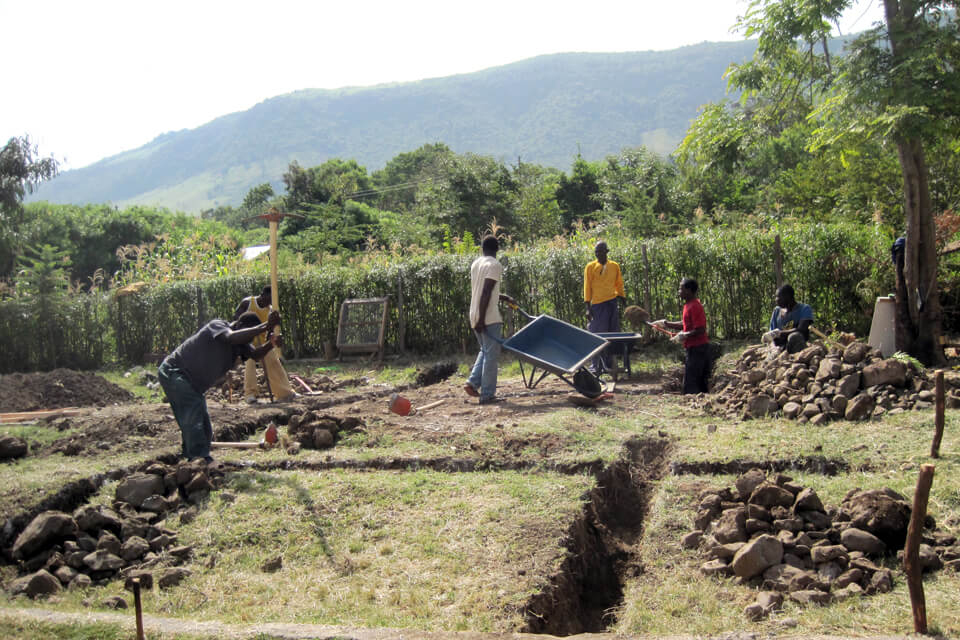RAMSA Fellowship
2025
The RAMSA Fellowship is a $15,000 prize awarded annually by Robert A.M. Stern Architects for travel and research. The fellowship promotes investigations into the perpetuation of tradition through invention and is given to individuals who demonstrate proven insight and interest in the profession and its future, as well as the ability to conduct in-depth research.
Fellows travel during the summer and present their research to RAMSA staff the following spring. The fellowship also includes an optional residency program with an additional stipend to fund a two-week residency at RAMSA’s office in New York City before or after the fellowship travel. During the residency, fellows develop their research project with the support of RAMSA staff and resources.
The fellowship is open to graduate students in the penultimate year of a degree program in architecture or a related discipline at a NAAB-accredited school. Now in its thirteenth year, recent recipients have traveled to China, Egypt, Italy, and Morocco, where they have studied a wide range of topics from the construction of mudbrick houses in Aswan to the rehabilitation of tuna fisheries in Sicily.
Download the 2025 fellowship application package below and apply before March 26!
For more information about the fellowship, read our article “A Discussion About Travel, Research, and the RAMSA Fellowship” on RAMSA Storyboard. We also hosted an information session in February. You can watch the recording here: 2025 RAMSA Fellowship Information Session. The fellowship is administered by RAMSA Research, email fellowship@ramsa.com with any questions.
The RAMSA Fellowship is a $15,000 prize awarded annually by Robert A.M. Stern Architects for travel and research. The fellowship promotes investigations into the perpetuation of tradition through invention and is given to individuals who demonstrate proven insight and interest in the profession and its future, as well as the ability to conduct in-depth research.
Fellows travel during the summer and present their research to RAMSA staff the following spring. The fellowship also includes an optional residency program with an additional stipend to fund a two-week residency at RAMSA’s office in New York City before or after the fellowship travel. During the residency, fellows develop their research project with the support of RAMSA staff and resources.
The fellowship is open to graduate students in the penultimate year of a degree program in architecture or a related discipline at a NAAB-accredited school. Now in its thirteenth year, recent recipients have traveled to China, Egypt, Italy, and Morocco, where they have studied a wide range of topics from the construction of mudbrick houses in Aswan to the rehabilitation of tuna fisheries in Sicily.
Download the 2025 fellowship application package below and apply before March 26!
For more information about the fellowship, read our article “A Discussion About Travel, Research, and the RAMSA Fellowship” on RAMSA Storyboard. We also hosted an information session in February. You can watch the recording here: 2025 RAMSA Fellowship Information Session. The fellowship is administered by RAMSA Research, email fellowship@ramsa.com with any questions.
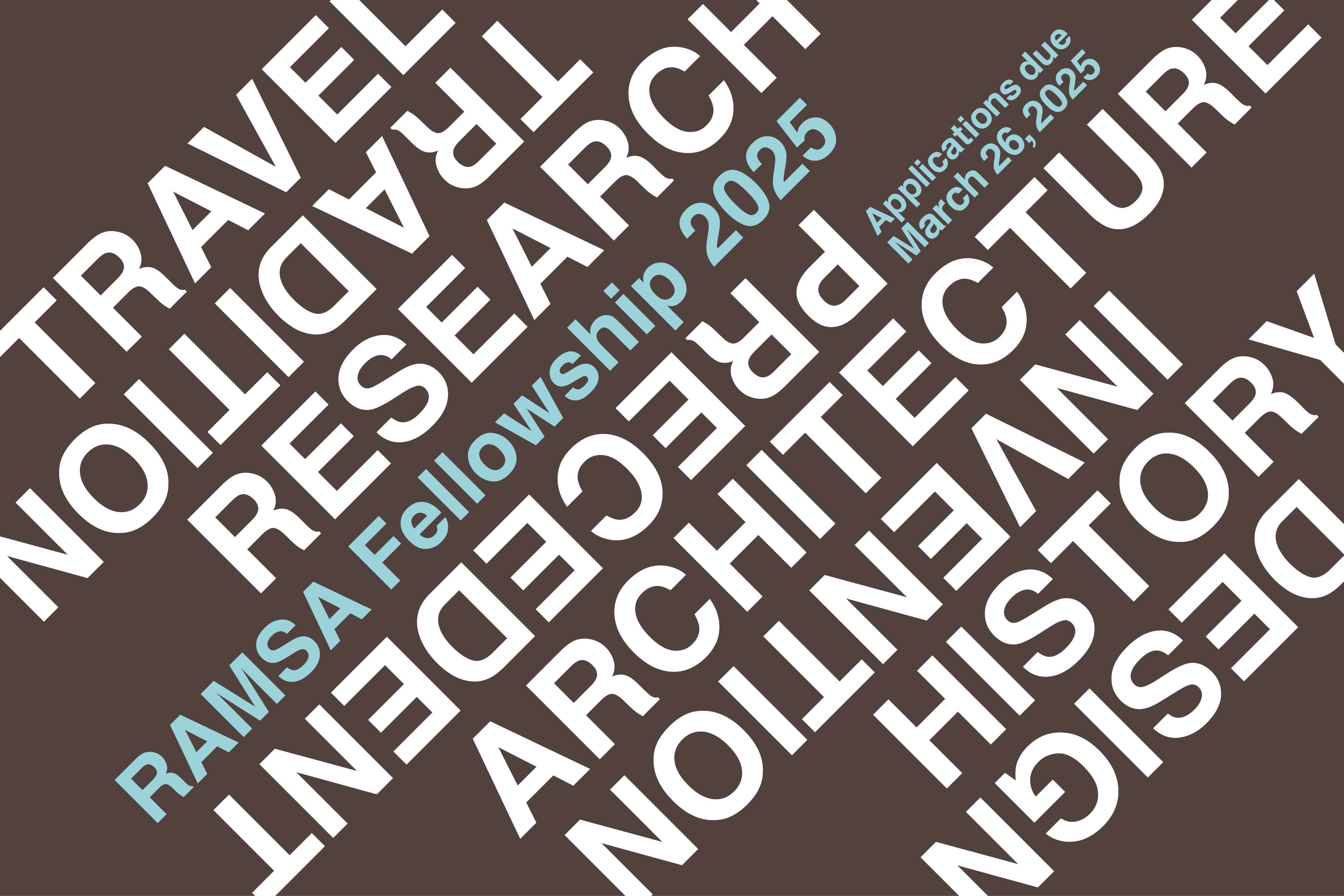



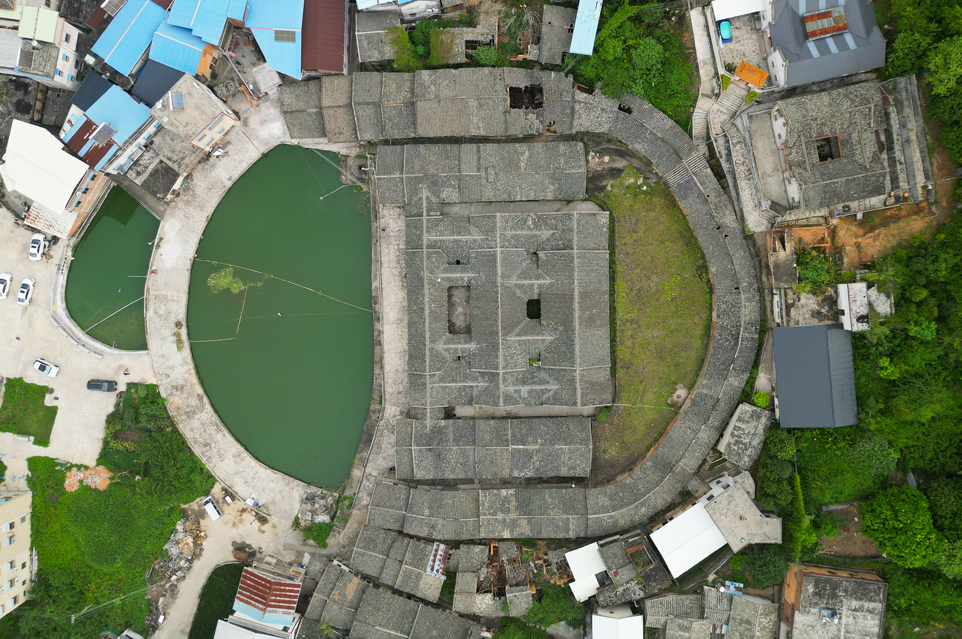
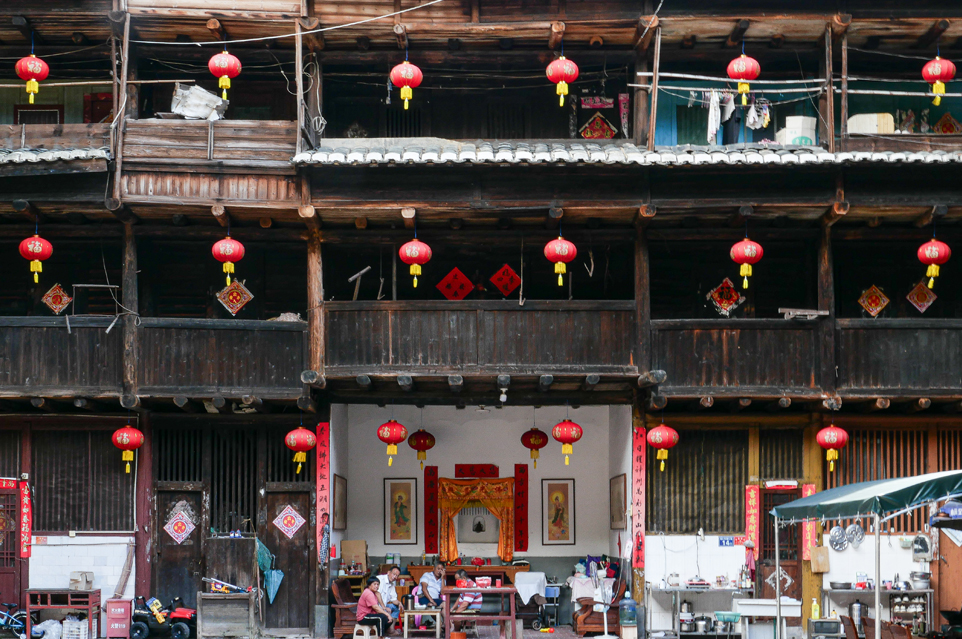
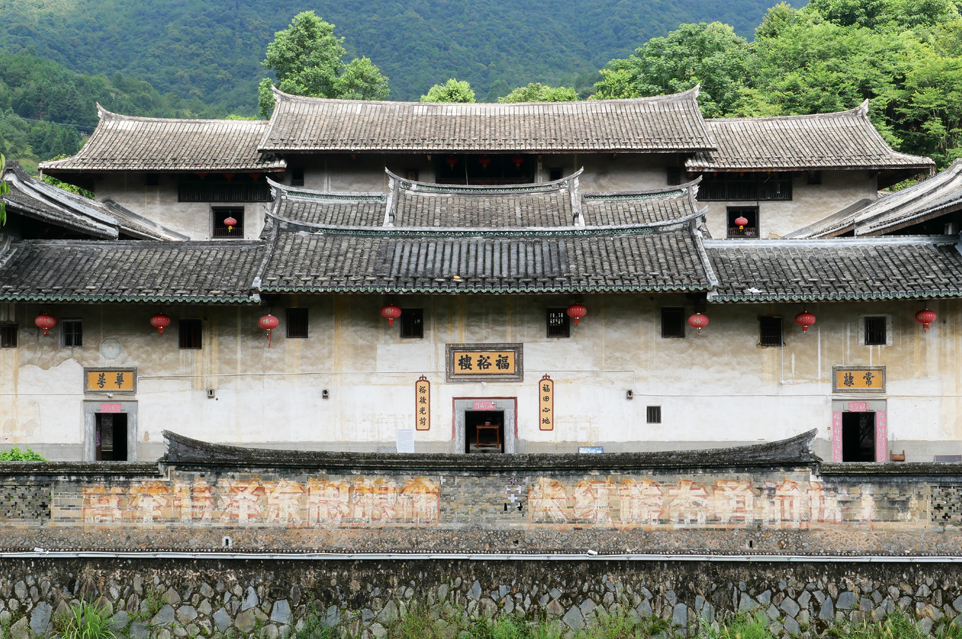
2024 Fellow – Nga Ting (Joanna) Cheung
Columbia University
Tulou: An Urban Typology in Rural
Joanna Cheung traveled throughout southeastern China to study tulou architecture—large, fortified earth buildings constructed between the 12th and 20th centuries. These buildings served as both defensive structures and communal residences for individual clans. She visited and documented six villages in Fujian province, each showcasing various evolutions of tulou. Her research focused on the innovative use of natural materials, indigenous construction methods, and courtyard spatial arrangements, as well as their enduring relevance for contemporary multi-family housing projects.
Tulou: An Urban Typology in Rural
Joanna Cheung traveled throughout southeastern China to study tulou architecture—large, fortified earth buildings constructed between the 12th and 20th centuries. These buildings served as both defensive structures and communal residences for individual clans. She visited and documented six villages in Fujian province, each showcasing various evolutions of tulou. Her research focused on the innovative use of natural materials, indigenous construction methods, and courtyard spatial arrangements, as well as their enduring relevance for contemporary multi-family housing projects.
2023 Fellow – Neha Garg
Cornell University
Egypt’s Earth Architecture
Neha Garg traveled throughout Egypt to study the architectural styles and construction techniques of earthen buildings from Cairo to Aswan. Her research included digital modeling and detailed drawings of several mudbrick structures.
Egypt’s Earth Architecture
Neha Garg traveled throughout Egypt to study the architectural styles and construction techniques of earthen buildings from Cairo to Aswan. Her research included digital modeling and detailed drawings of several mudbrick structures.

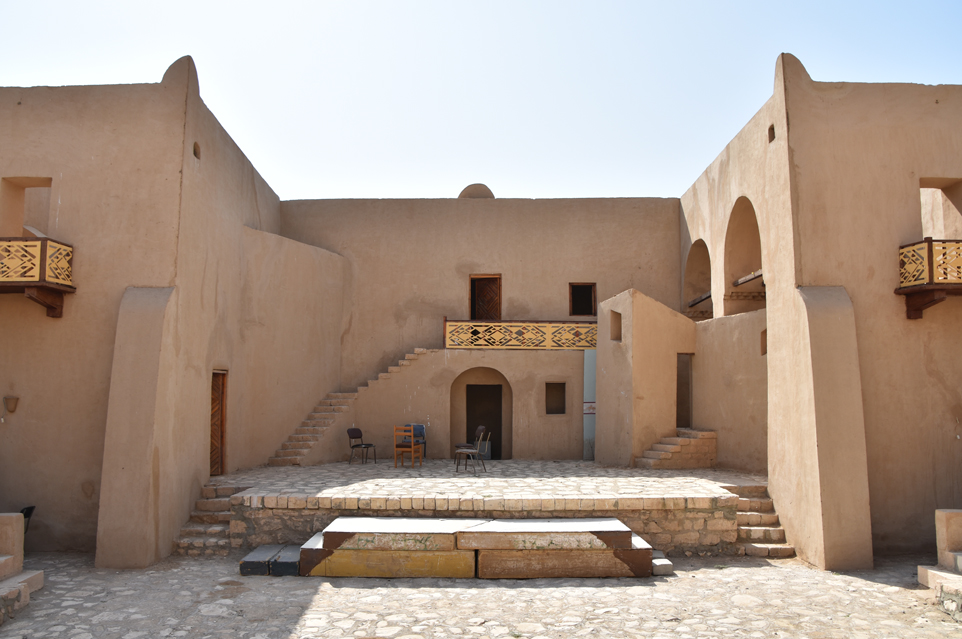


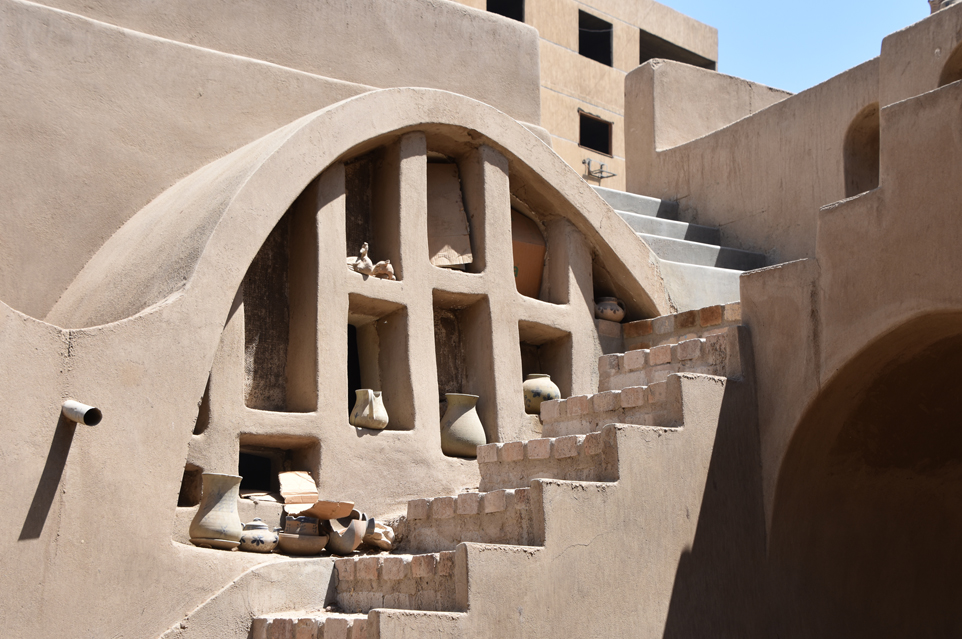

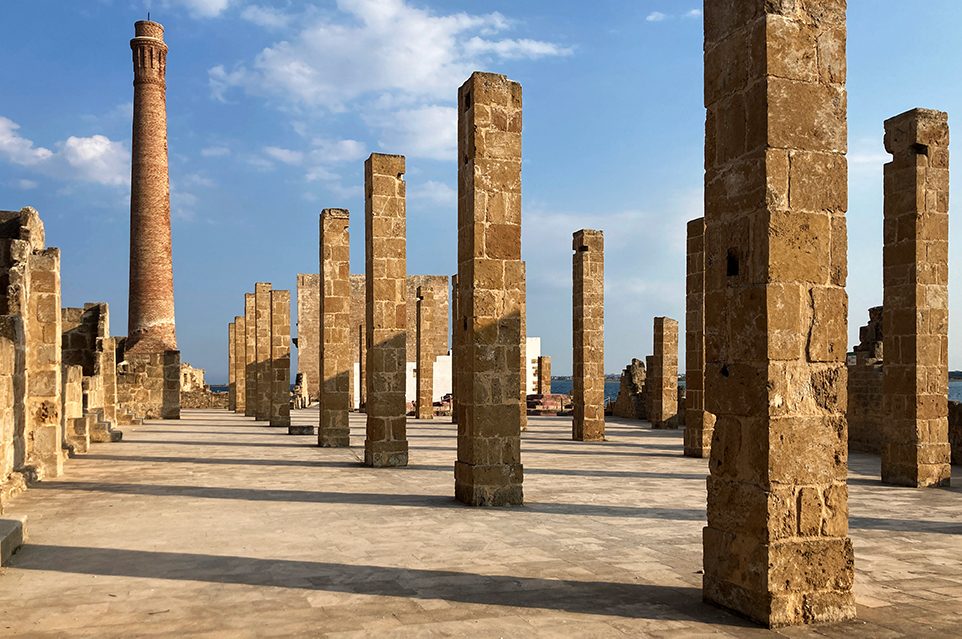





2022 Fellow – Giuliana Vaccarino Gearty
Tulane University
Mapping Memory: Linking the Landscape of Sicily’s Tuna Fisheries
Giuliana Vaccarino Gearty traveled to Syracuse, Palermo, and Trapani in Sicily to study the architectural styles and preservation techniques of eight tuna fisheries, known as tonnare. Giuliana’s research included “a folio of drawings and photographs, accompanied by a written article, that explores how these buildings have changed over time, both physically and symbolically, and the ways in which medieval industrial structures can be utilized and experienced in the present.”
Mapping Memory: Linking the Landscape of Sicily’s Tuna Fisheries
Giuliana Vaccarino Gearty traveled to Syracuse, Palermo, and Trapani in Sicily to study the architectural styles and preservation techniques of eight tuna fisheries, known as tonnare. Giuliana’s research included “a folio of drawings and photographs, accompanied by a written article, that explores how these buildings have changed over time, both physically and symbolically, and the ways in which medieval industrial structures can be utilized and experienced in the present.”
2021 Fellow – Daniel Hall
Princeton University
Sourcing Material Transformations: Restoring Riad Domestic Spaces
Daniel Hall traveled to Morocco to study the architecture and traditional crafts of the riad, a distinct housing typology with an interior garden or courtyard. He traced the material productions necessary to rebuild each section of the building—stucco carving, tadelakt plasterwork, zellij ceramic tile production, wood carving, horticulture and aquatic practices, metal workmanship, and fabric production—and created portraits of the seven sites of production at various scales.
Sourcing Material Transformations: Restoring Riad Domestic Spaces
Daniel Hall traveled to Morocco to study the architecture and traditional crafts of the riad, a distinct housing typology with an interior garden or courtyard. He traced the material productions necessary to rebuild each section of the building—stucco carving, tadelakt plasterwork, zellij ceramic tile production, wood carving, horticulture and aquatic practices, metal workmanship, and fabric production—and created portraits of the seven sites of production at various scales.





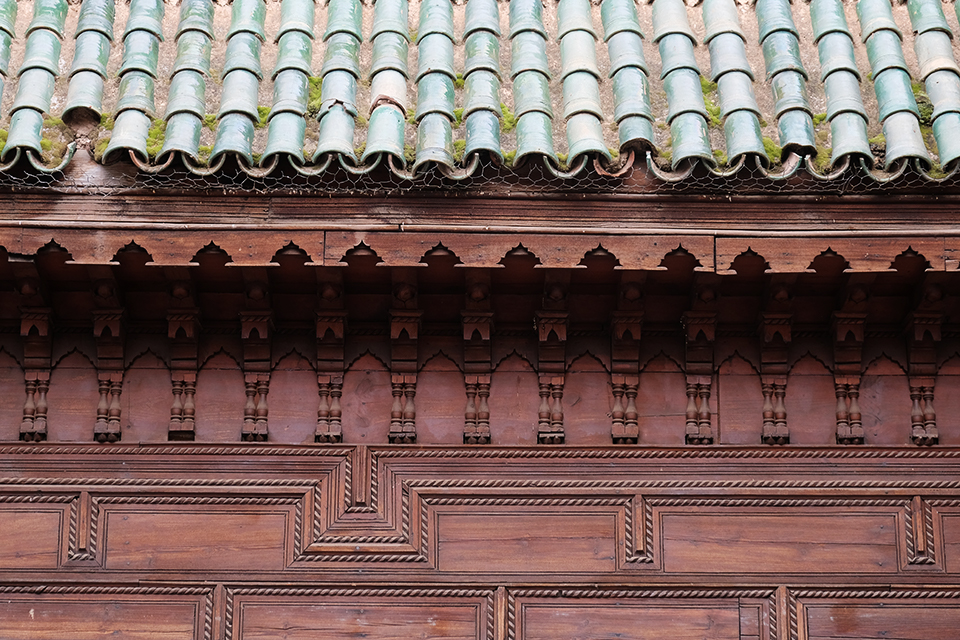
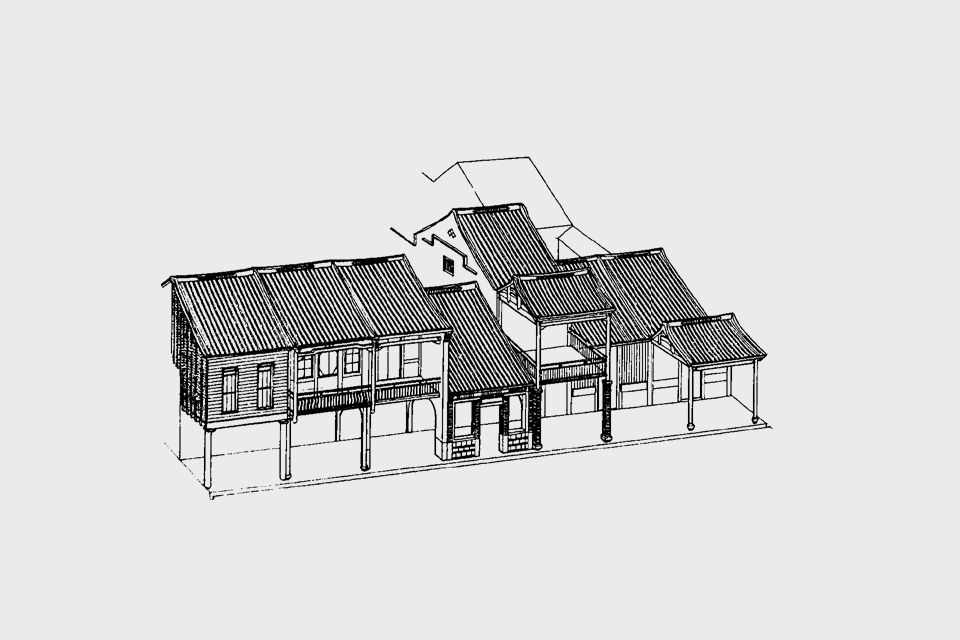
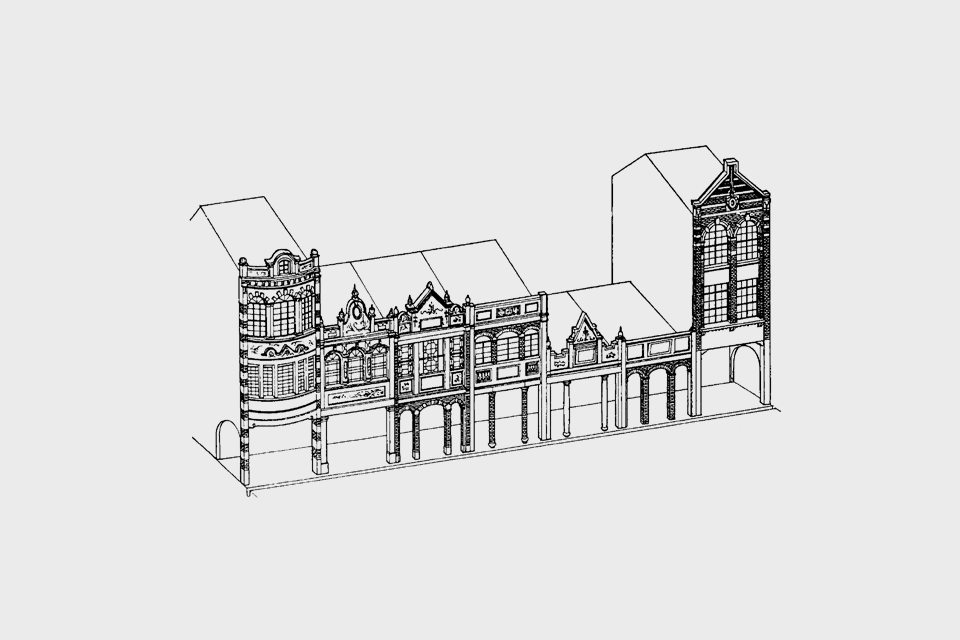

2020 Fellow – Yaxuan Liu
Harvard University
Qilou: Where Freedom Takes Shape
Yaxuan Liu will travel along the west coast of Taiwan to analyze and document the historic qilou building type. Qilou, a type of colonnaded shophouse with projecting eaves, are found in the western port cities and towns of Taiwan where they date back to the arrival of merchants from southern China. They create a collective public space balanced with private courtyard living. “Flexibly absorbing political, cultural, and economic forces, evident in plan, section, and decoration, qilou offer a thread of spatial continuity across time—a place where Taiwanese people formed distinct cultural customs and traditions that flourish to this day. Thanks to their adaptability, qilou have become a living embodiment of Taiwan's free-spirited culture, filled with the color and chaos of urban life as shopkeepers and residents make each arcade their own.”
Qilou: Where Freedom Takes Shape
Yaxuan Liu will travel along the west coast of Taiwan to analyze and document the historic qilou building type. Qilou, a type of colonnaded shophouse with projecting eaves, are found in the western port cities and towns of Taiwan where they date back to the arrival of merchants from southern China. They create a collective public space balanced with private courtyard living. “Flexibly absorbing political, cultural, and economic forces, evident in plan, section, and decoration, qilou offer a thread of spatial continuity across time—a place where Taiwanese people formed distinct cultural customs and traditions that flourish to this day. Thanks to their adaptability, qilou have become a living embodiment of Taiwan's free-spirited culture, filled with the color and chaos of urban life as shopkeepers and residents make each arcade their own.”
2019 Fellow – Radu-Remus Macovei
Harvard University
Orthodox Sacred Space in the Rural Imagination
Radu-Remus Macovei traveled to the Carpathian Mountains to document and catalogue the region's Christian wooden churches. The churches were constructed between the fifteenth and nineteenth centuries in response to the Catholic Austro-Hungarian Empire's prohibition on masonry construction for Christian churches. “These inventive wooden churches have received very little academic attention to date," explained Macovei. "Given the soft, monumental massing of their curvilinear shingled roofs, which impress with their sheer size and height, the architectural experience is not limited to the building itself but responds to the physical features of the surrounding mountainous landscape."
Orthodox Sacred Space in the Rural Imagination
Radu-Remus Macovei traveled to the Carpathian Mountains to document and catalogue the region's Christian wooden churches. The churches were constructed between the fifteenth and nineteenth centuries in response to the Catholic Austro-Hungarian Empire's prohibition on masonry construction for Christian churches. “These inventive wooden churches have received very little academic attention to date," explained Macovei. "Given the soft, monumental massing of their curvilinear shingled roofs, which impress with their sheer size and height, the architectural experience is not limited to the building itself but responds to the physical features of the surrounding mountainous landscape."
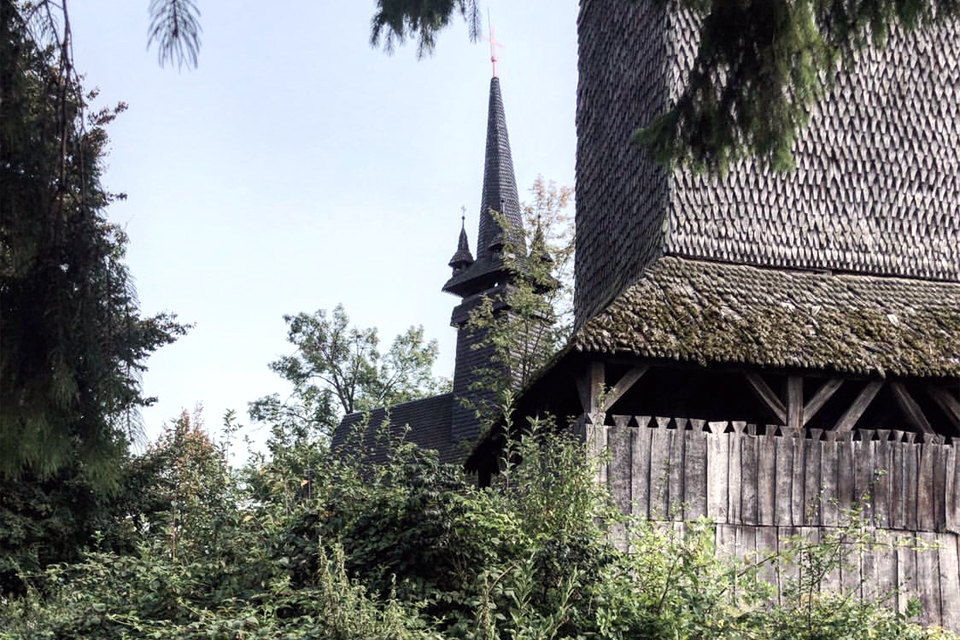

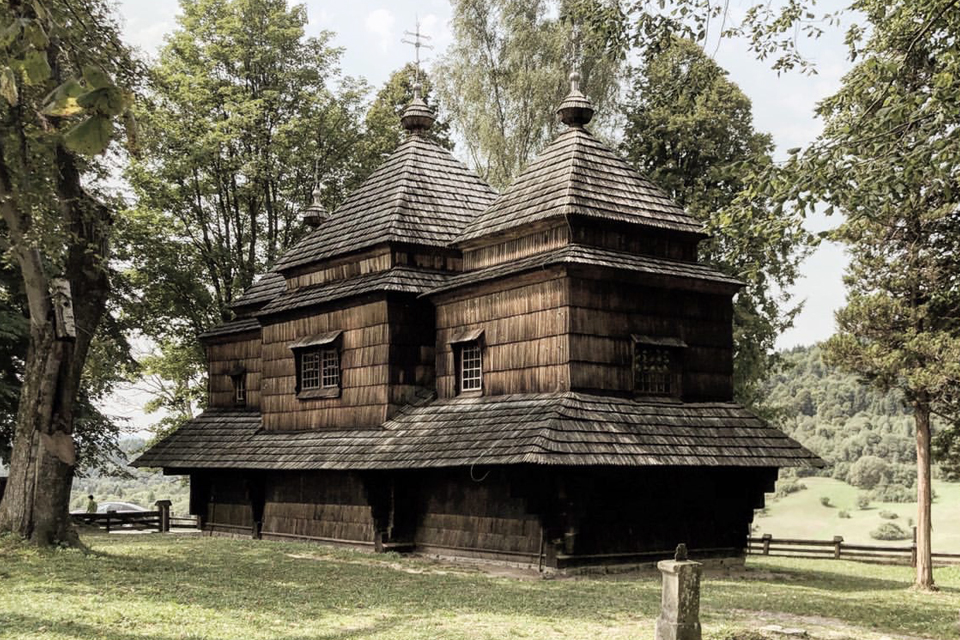

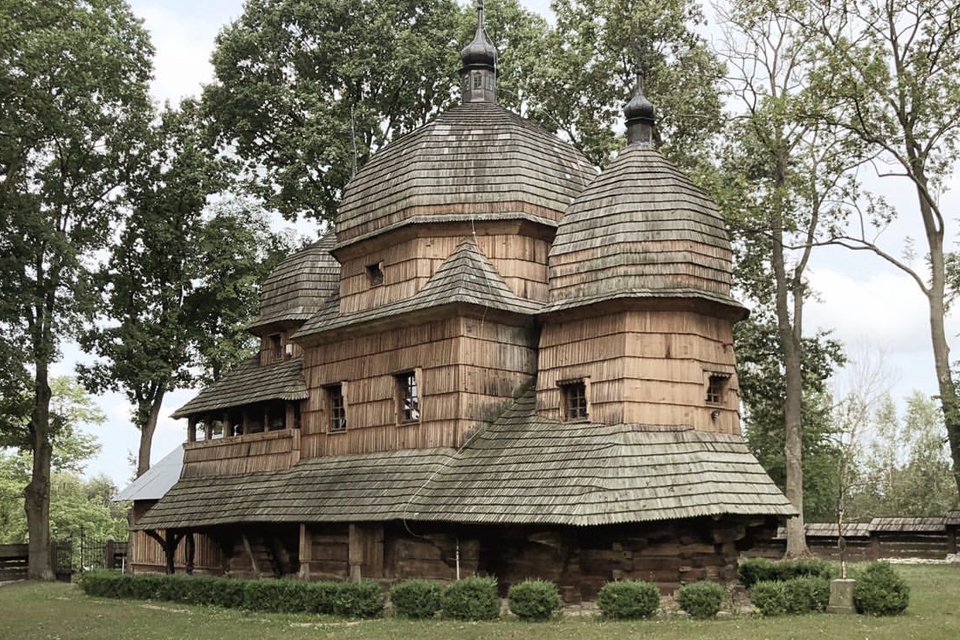

2018 Fellow – Wilson Harkhono
Harvard University
Rooted Future: Resurfacing Lost Identity
Wilson Harkhono traveled to Indonesia where he catalogued and analyzed the diverse vocabularies of the country's traditional homes—the Rumah Adat. The jurors were persuaded by the geographic focus of the proposal and the clarity of its intent. His proposal “to learn from traditions that have been suppressed and nearly lost speaks to the mission of the fellowship,” said the jury.
Rooted Future: Resurfacing Lost Identity
Wilson Harkhono traveled to Indonesia where he catalogued and analyzed the diverse vocabularies of the country's traditional homes—the Rumah Adat. The jurors were persuaded by the geographic focus of the proposal and the clarity of its intent. His proposal “to learn from traditions that have been suppressed and nearly lost speaks to the mission of the fellowship,” said the jury.
2017 Fellow – Kyle Schumann
Princeton University
Alpine Modernism: Sensitive Identities and Regional Placemaking
Kyle Schumann traveled to Austria, Slovenia, and Italy, where he studied the work of architect Edoardo Gellner, Jože Plečnik, Edvard Ravnikar, and Otto Wagner. Examining the ways in which these architects engaged with “complex and often conflicting cultural histories, coupled with the challenging geography and climate of the Alpine region,” Schumann argued “necessitated an architecture intricately sensitive to material, cultural, and programmatic contexts.”
Alpine Modernism: Sensitive Identities and Regional Placemaking
Kyle Schumann traveled to Austria, Slovenia, and Italy, where he studied the work of architect Edoardo Gellner, Jože Plečnik, Edvard Ravnikar, and Otto Wagner. Examining the ways in which these architects engaged with “complex and often conflicting cultural histories, coupled with the challenging geography and climate of the Alpine region,” Schumann argued “necessitated an architecture intricately sensitive to material, cultural, and programmatic contexts.”












2016 Fellow – Gerald Bauer
University of Notre Dame
Thomson and Wright
Gerald Bauer traveled to Milwaukee, Chicago, and Glasgow, Scotland, where he studied the work of Alexander “Greek” Thomson and Frank Lloyd Wright. “Despite being born at opposite ends of the 19th century,” Bauer wrote in his submission, “and with no evidence of communication in their lifetimes, Thomson’s Greek Revivalism and Wright’s early Prairie Style bear striking resemblances . . . as two strains of an analogous logic which sought an appropriate expression of modernity rooted in historical precedent.”
Thomson and Wright
Gerald Bauer traveled to Milwaukee, Chicago, and Glasgow, Scotland, where he studied the work of Alexander “Greek” Thomson and Frank Lloyd Wright. “Despite being born at opposite ends of the 19th century,” Bauer wrote in his submission, “and with no evidence of communication in their lifetimes, Thomson’s Greek Revivalism and Wright’s early Prairie Style bear striking resemblances . . . as two strains of an analogous logic which sought an appropriate expression of modernity rooted in historical precedent.”
2015 Fellow – Michelle Chen
Yale University
The Myth of Pure Form
Michelle Chen traveled to India, where she studied the architectural shift from a diverse fabric of expressive design languages to a politically and ethnically neutral vocabulary. “In our world of increasingly ubiquitous gleaming towers, clean in form but cleansed of details, looking to centuries-old traditions might be a means toward reestablishing human attachment to our everyday surroundings,” says Chen. Her research included drawings that attempt to “chart a path to a more balanced architecture – one which does not forsake cultural expression for a shallow conception of political order.”
The Myth of Pure Form
Michelle Chen traveled to India, where she studied the architectural shift from a diverse fabric of expressive design languages to a politically and ethnically neutral vocabulary. “In our world of increasingly ubiquitous gleaming towers, clean in form but cleansed of details, looking to centuries-old traditions might be a means toward reestablishing human attachment to our everyday surroundings,” says Chen. Her research included drawings that attempt to “chart a path to a more balanced architecture – one which does not forsake cultural expression for a shallow conception of political order.”

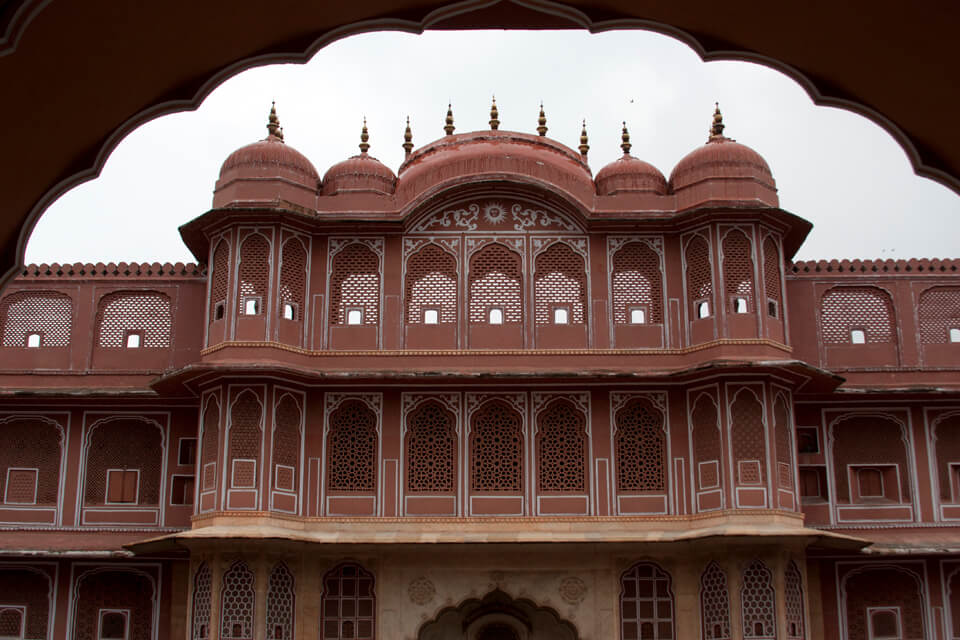
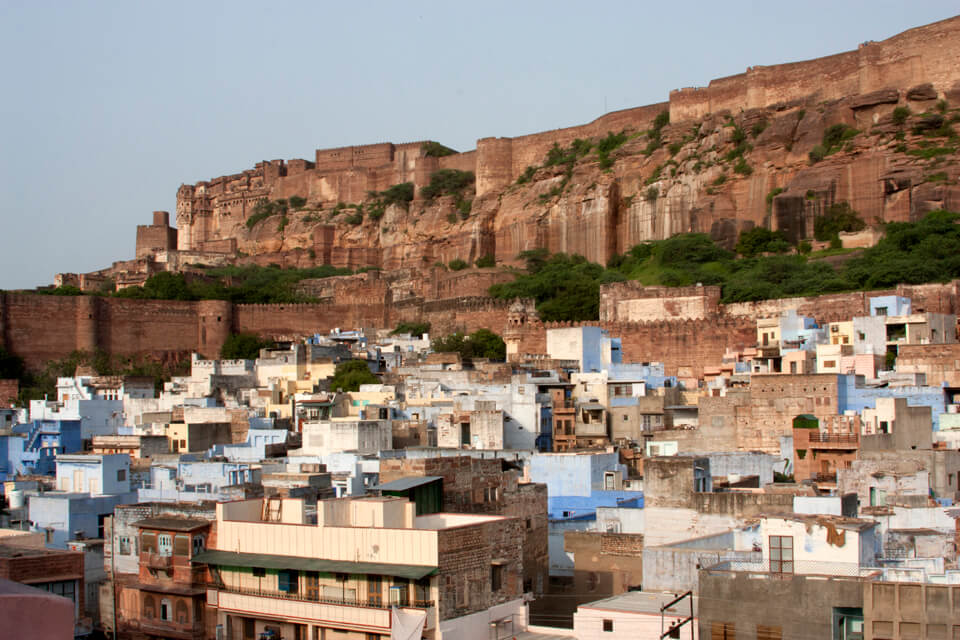


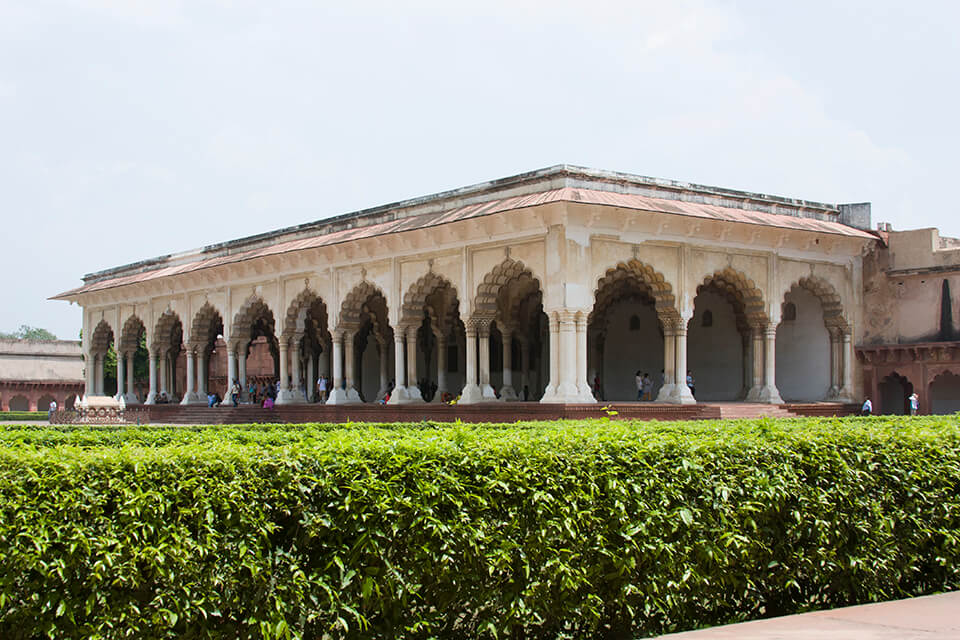



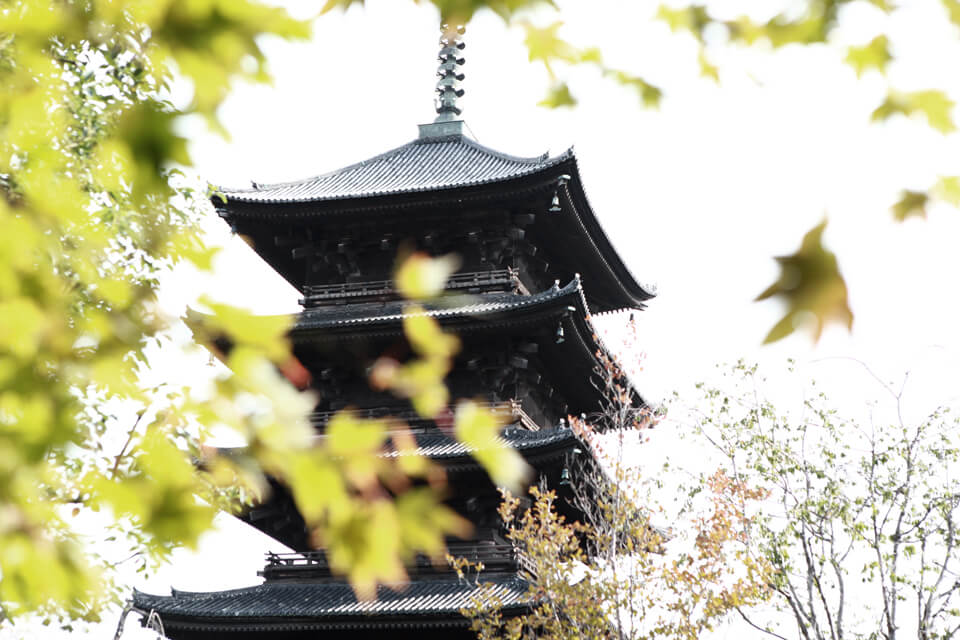


2014 Fellow – Anna Antropova
McGill University
Japanese Wood Culture
Anna Antropova traveled to Japan, where she studied ancient wood joinery techniques. Her research was driven by the potential transformation and application of ancient timber techniques to modern construction: “This elegant and efficient mode of construction could meaningfully inform our western building industry, an industry addicted to toxic adhesives and an indiscriminate application of metal fasteners. Wood stands to be for our generation what steel and concrete were for the previous two or three, and Japanese joinery offers us a sustainable mode of assembly for a sustainable material with far less embodied energy.”
Japanese Wood Culture
Anna Antropova traveled to Japan, where she studied ancient wood joinery techniques. Her research was driven by the potential transformation and application of ancient timber techniques to modern construction: “This elegant and efficient mode of construction could meaningfully inform our western building industry, an industry addicted to toxic adhesives and an indiscriminate application of metal fasteners. Wood stands to be for our generation what steel and concrete were for the previous two or three, and Japanese joinery offers us a sustainable mode of assembly for a sustainable material with far less embodied energy.”
2013 Fellow – Jonathan Dessi-Olive
University of Pennsylvania
Catenary Vaulting on Mfangano Island
Jonathan Dessi-Olive traveled to Kenya, to introduce timbrel vaulting – a traditional clay building system – to craftsman on the island of Mfangano. He proposed locally-manufactured clay tiles as a sustainable solution to the ecological burden of vernacular wooden architecture in a context of rapid deforestation. Collaborating closely with local craftsman, the result of this nine-week collaboration was a small structure, Ekialo Kiona Radio Studio, constructed entirely of timbrel vaults and envisioned as Africa’s first wind/solar-powered radio station.
Catenary Vaulting on Mfangano Island
Jonathan Dessi-Olive traveled to Kenya, to introduce timbrel vaulting – a traditional clay building system – to craftsman on the island of Mfangano. He proposed locally-manufactured clay tiles as a sustainable solution to the ecological burden of vernacular wooden architecture in a context of rapid deforestation. Collaborating closely with local craftsman, the result of this nine-week collaboration was a small structure, Ekialo Kiona Radio Studio, constructed entirely of timbrel vaults and envisioned as Africa’s first wind/solar-powered radio station.


